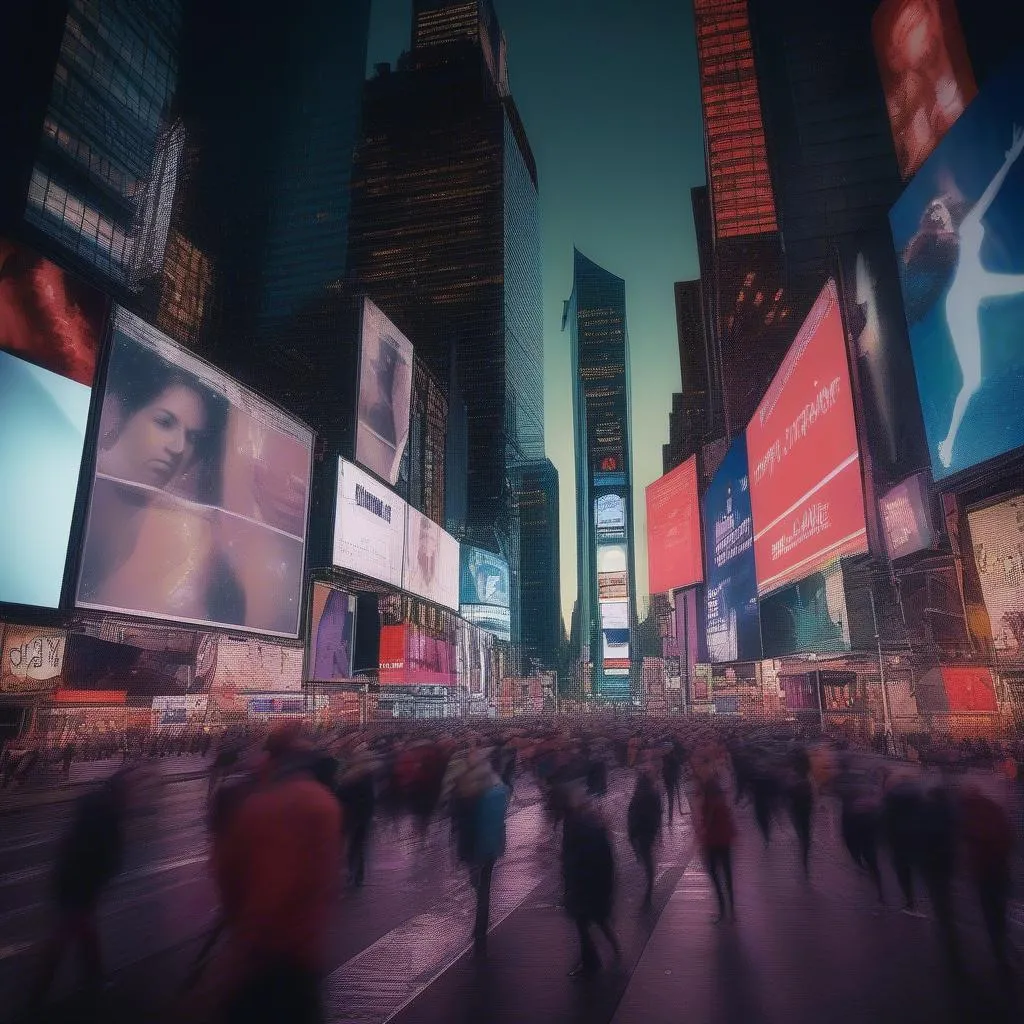Imagine yourself standing at the edge of Times Square in New York City, the dazzling lights of the billboards reflecting in your eyes. Or picture yourself gazing at the sunset over the serene waters of Ha Long Bay in Vietnam, the sky ablaze with a kaleidoscope of colors. What you’re witnessing in these moments, and every moment you see, is light traveling from its source to your eyes. But have you ever stopped to wonder, just how fast does light travel?
The Speed of Light: A Cosmic Constant
The speed of light in a vacuum, denoted by the letter ‘c’, is one of the most fundamental constants in physics. It is exactly 299,792,458 meters per second, which is roughly 186,282 miles per second. This speed is constant, meaning it doesn’t change regardless of the speed of the light source or the observer.
Why is the Speed of Light Important?
The speed of light isn’t just a fascinating fact; it’s a cornerstone of our understanding of the universe.
- Einstein’s Theory of Relativity: Einstein’s famous theory relies heavily on the constancy of the speed of light. It states that the laws of physics are the same for all observers in uniform motion and that the speed of light in a vacuum is the same for all observers, regardless of the motion of the light source.
- Astronomy and Distance: In the vast expanse of space, distances are often measured in light-years. A light-year is the distance light travels in one year, highlighting how the speed of light helps us comprehend the sheer scale of the cosmos.
- Technology and Communication: From fiber optic cables that transmit data at near light speed to GPS systems that rely on the precise timing of light signals, the speed of light underpins many technologies we rely on daily.
 Times Square NYC Billboards
Times Square NYC Billboards
Exploring the Limits: Can Anything Travel Faster than Light?
According to our current understanding of physics, as described by Einstein’s theory of relativity, nothing can travel faster than light in a vacuum. Learn more about the possibility of exceeding the speed of light.
Light Speed in Different Mediums
While the speed of light in a vacuum is constant, it does slow down when traveling through different mediums like water, glass, or even air, though the difference is often negligible. Discover how the speed of light changes in different mediums.
Light Speed and Travel: A Thought Experiment
Imagine you could travel at the speed of light. You could circle the Earth seven and a half times in a single second! Traveling from the Eiffel Tower in Paris to the Great Wall of China would be practically instantaneous. However, achieving such speeds remains firmly in the realm of science fiction due to the immense energy requirements and the limitations imposed by physics.
Feng Shui and the Journey of Light
In the realm of Feng Shui, light is considered a powerful form of energy. Just as light illuminates a room, it can also illuminate our lives, bringing clarity, inspiration, and positive energy. When planning your travels, consider incorporating Feng Shui principles to enhance your journey. For example:
- Choose destinations with ample natural light: Destinations known for their sunny skies and beautiful sunrises and sunsets, like Santorini, Greece, or the Maldives, can uplift your spirits.
- Incorporate reflective surfaces: Mirrors, water features, or shiny objects can help reflect light and create a sense of spaciousness and flow.
- Embrace vibrant colors: Just as light comprises a spectrum of colors, incorporating vibrant hues into your travel wardrobe or surroundings can energize your experience.
 Ha Long Bay Sunset
Ha Long Bay Sunset
FAQs About the Speed of Light
Q: Why does light slow down in water?
A: When light passes from one medium to another, such as from air to water, it interacts with the atoms of that medium. This interaction causes a slight delay, resulting in a decrease in speed.
Q: If light is so fast, why do we see things instantly?
A: Although the distances light travels are vast, the time it takes for light to reach our eyes from objects around us is incredibly small. This is why we perceive the world around us as happening in real-time.
Travelcar.edu.vn: Your Guide to Exploring the World
At travelcar.edu.vn, we’re passionate about exploring the wonders of the world, from understanding the science behind light and travel to uncovering hidden gems and sharing travel tips. Explore our website to delve deeper into the fascinating relationship between light and sound.
Conclusion
The speed of light is a fascinating concept that has captivated scientists and dreamers for centuries. It serves as a reminder of the vastness of the universe and the incredible laws that govern it. As you plan your next adventure, take a moment to appreciate the journey of light, from the distant stars to your very eyes, illuminating the beauty of the world around us.